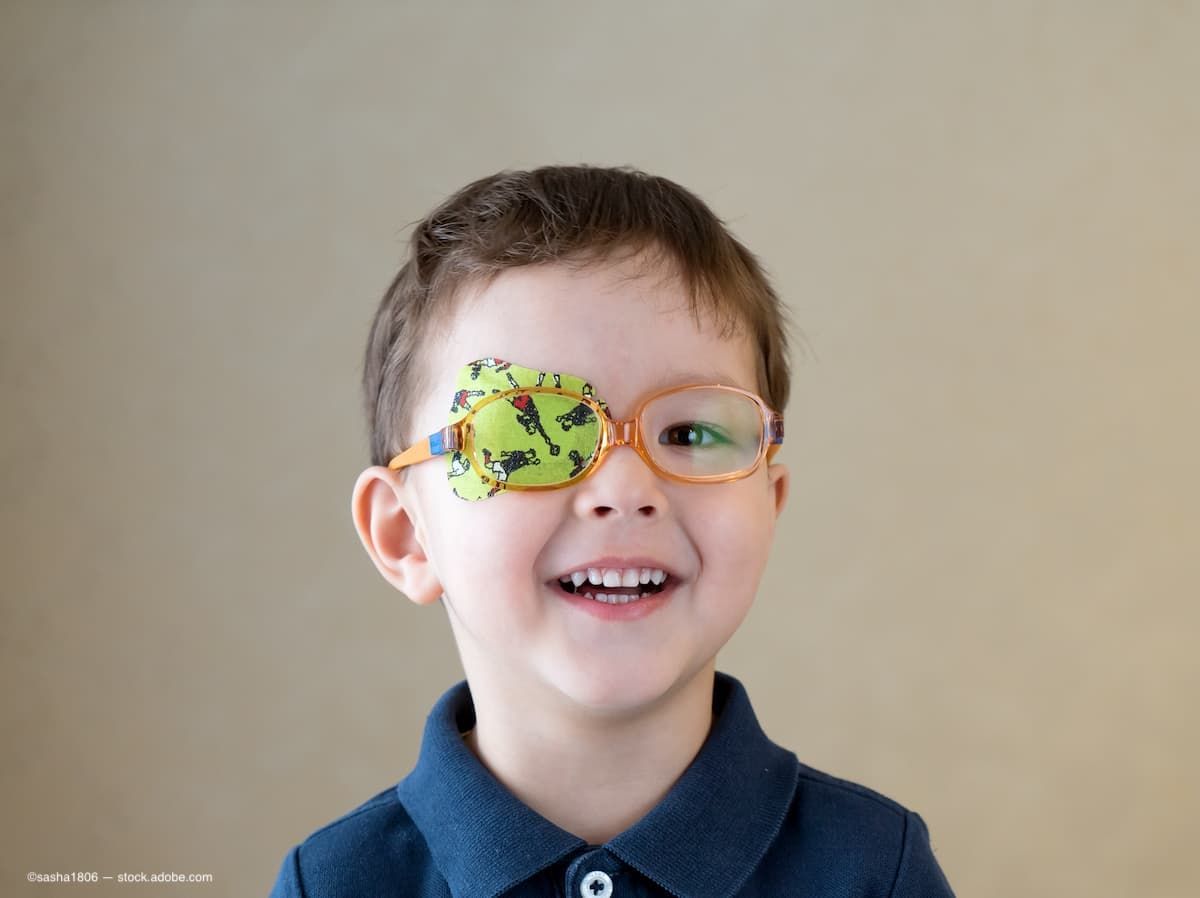News
Article
Children with amblyopia have higher risk of developing serious diseases as adults
Author(s):
Investigators emphasized that the data does not indicate a causal relationship between eye disorder and systemic diseases.
(Image Credit: AdobeStock/sasha1806)

British investigators from University College London (UCL) reported that children with amblyopia have a higher likelihood of developing hypertension, obesity, metabolic syndrome, and myocardial infarction in adulthood.1
First author Emily Upton, PhD, and colleagues announced this correlation between amblyopia and compromised health in a press release and emphasised that this does not indicate a causal relationship between the eye disorder and the systemic diseases.
Data analysis
The study included data obtained from over 126,000 individuals in the UK Biobank cohort. The participants ranged in age from 40 to 69 years and all had had an ocular examination.
As part of the recruitment process, the participants were questioned about diagnosis and treatment of amblyopia as children, the persistence of amblyopia into adulthood, and the diagnoses of diabetes, high blood pressure or cardio/cerebrovascular disease.
The investigators also measured the participants’ body mass indices and blood glucose and cholesterol values and tracked patient mortality.
The results showed that a high percentage, 82.2%, of the 3,238 participants who had had amblyopia during children had “persistent reduced vision in 1 eyes as an adult.”
The authors also reported, “The findings showed that participants with amblyopia as a child had 29% higher odds of developing diabetes, 25% higher odds of having hypertension, and 16% higher odds of having obesity. They were also at increased risk of heart attack, even when other risk factors for these conditions, eg, other disease, ethnicity, and social class, were taken into account.”
They also reported a less strong correlation, ie, that the risk of cardiac issues increased in individuals with persistent visual problems as well to some extent in those who had amblyopia in childhood and 20/20 vision in adulthood.
Professor and corresponding author Jugnoo Rahi from UCL Great Ormond Street Institute for Child Health, UCL Institute of Ophthalmology, and Great Ormond Street Hospital, commented on this red flag in childhood, “It is rare to have a ‘marker’ in childhood that is associated with increased risk of serious disease in adult life, and also one that is measured and known for every child – because of population screening.”
Reference
Upton E, Doogan C, Fleming V, et al. Associations between unilateral amblyopia in childhood and cardiometabolic disorders in adult life: a cross-sectional and longitudinal analysis of the UK Biobank. 2024; eClinicalMedicine;10.1016/j.eclinm.2024.102493




